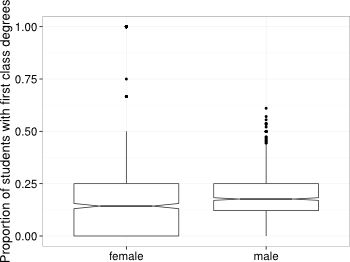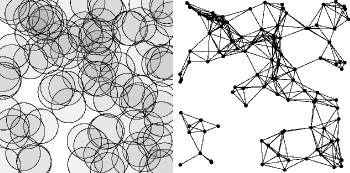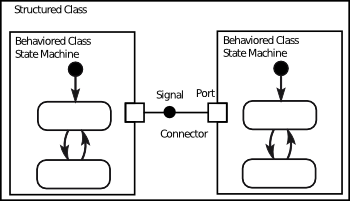Gender in Computer Science

I have studied whether a performance gap exists in addition to the gender gap in computer science. My statistical analysis of 129 UK universities between 2002 to 2013 showed that male students were awarded first-class degrees at a significantly higher rate than female students. My review of explanations and solutions for this performance gap showed that many solutions can be implemented relatively easily. For example, because visual priming has been shown to reduce automatic prejudice, I have designed a series of 29 posters of inspiring computer scientists (two-thirds female, one-third ethnic minorities, one-quarter LGBT) that are now displayed prominently in the corridors at De Montfort University.
The Poster series "Inspiring Computer Scientists" is available in full resolution under Creative Commons license CC-BY-SA 4.0.
Selected publications
Lifetime of wireless sensor networks

Network lifetime is a key characteristic for evaluating wireless sensor networks in an application-specific way. This project studied how the lifetime of a wireless sensor network can be measured and proposed a generic definition of sensor network lifetime for use in analytic evaluations as well as in simulation models, focusing on a formal and concise definition of accumulated network lifetime and total network lifetime.
Selected publications
Syntony: A Framework for UML-Based Simulation, Analysis, and Test

Model-based development provides means for efficient and platform independent software engineering. Especially UML2 is becoming a de-facto standard in this domain. To enable an early performance evaluation of systems modeled with UML, we envision the usage of UML models instead of regular simulation models to conduct discrete-event simulations. This facilitates the integration of simulation into model-based development processes, leading to a faster and more efficient system design process.
We developed the framework Syntony to support discrete-event simulation based on standard-compliant UML models. According to the principle of communicating automata, system models may consist of composite structure, state machine, and activity diagrams. Furthermore, the MARTE profile allows to specify performance attributes and measures. Syntony automatically transforms UML models to executable code for the simulation engine OMNeT++. Integrated into the Eclipse framework, Syntony supports various simulation techniques for simulation control, design of experiments, and result analysis.
The project was a collaboration with Fraunhofer IIS and funded by the BMBF Aletheia project.
